Featured Finding
Authors show neuronal subpopulation and sex differences in the biophysical signatures of developmentally defined medial amygdala output neurons.
Authors report a viable chaperone-based strategy for reversing the synaptic vesicle trafficking defects associated with excess α-synuclein, which may be of value for improving synaptic function in Parkinson’s disease and other synucleinopathies.
Authors describe the in vivo behavior of mitochondria at the growth cone of elongating retinal axons in zebrafish.
Authors show that real-time mutual interaction during eye contact is mediated by the cerebellum and limbic mirror system.
Authors show that although handedness impacts the accuracy of hand movement control, it has virtually no influence on the ability to predict the visual consequences of hand movements.
Authors used well-established seizure protocols and fast confocal imaging of genetically encoded calcium indicator-expressing zebrafish to investigate epileptic network properties at brain-wide and single-cell levels.
Authors demonstrate that in the absence of descending cephalic input, locomotor recovery in the leech is achieved by a switch to dependence on afferent information from peripheral nerves in the body wall.
Authors demonstrate that capsaicin, a TRPV1 agonist, activates a pro-axon growth program, suggesting an approach for enhancing axon regeneration in selective populations of neurons.
Authors find an evolutionarily conserved, cell-type independent coupling of mitochondrial ultrastructure to synaptic performance.
FOLLOW US
TAGS
CATEGORIES


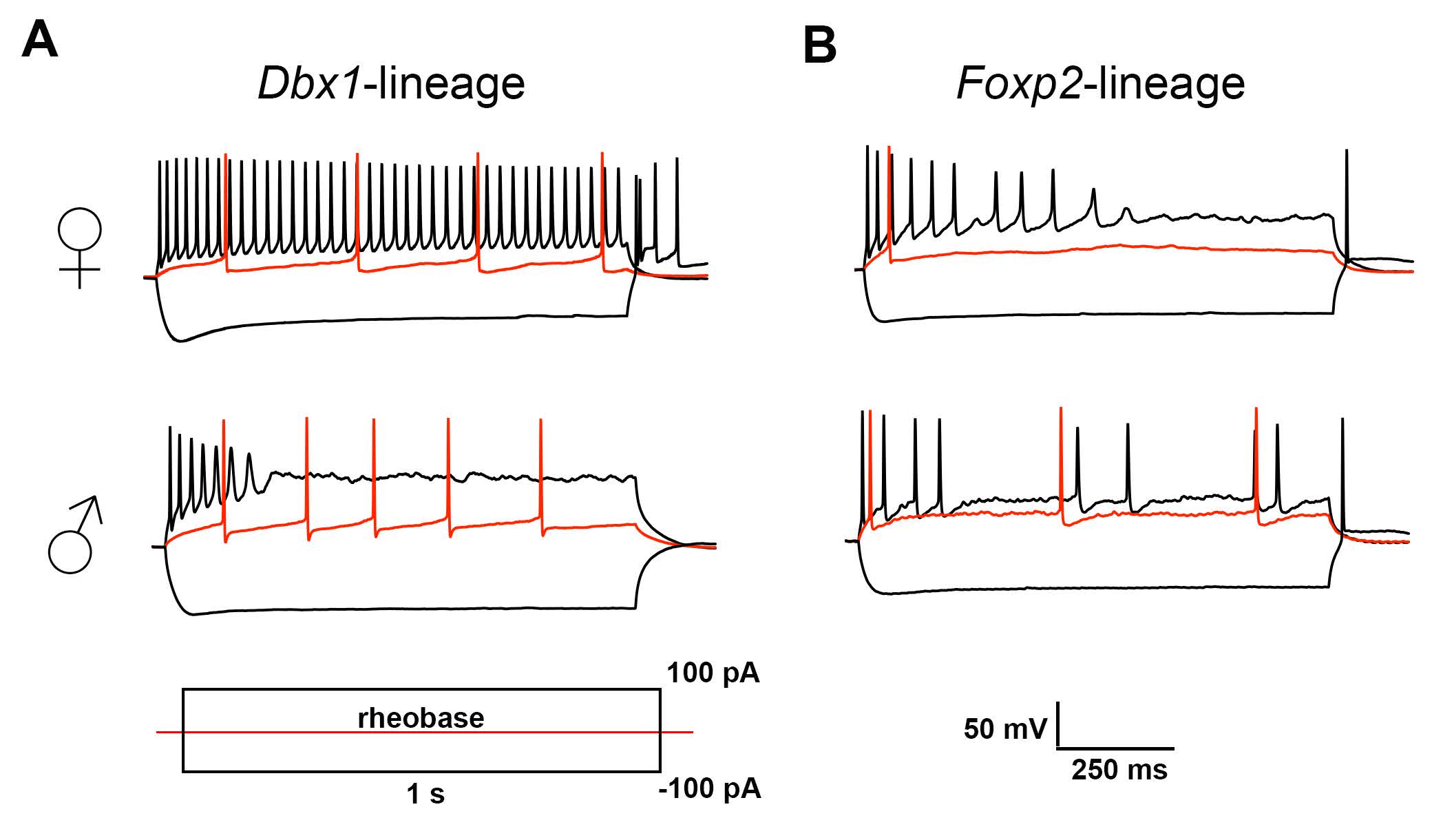
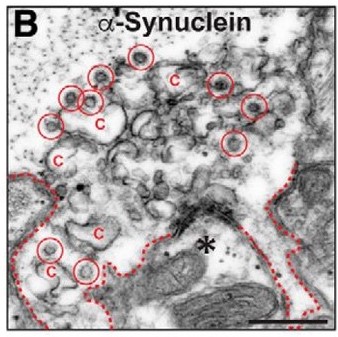

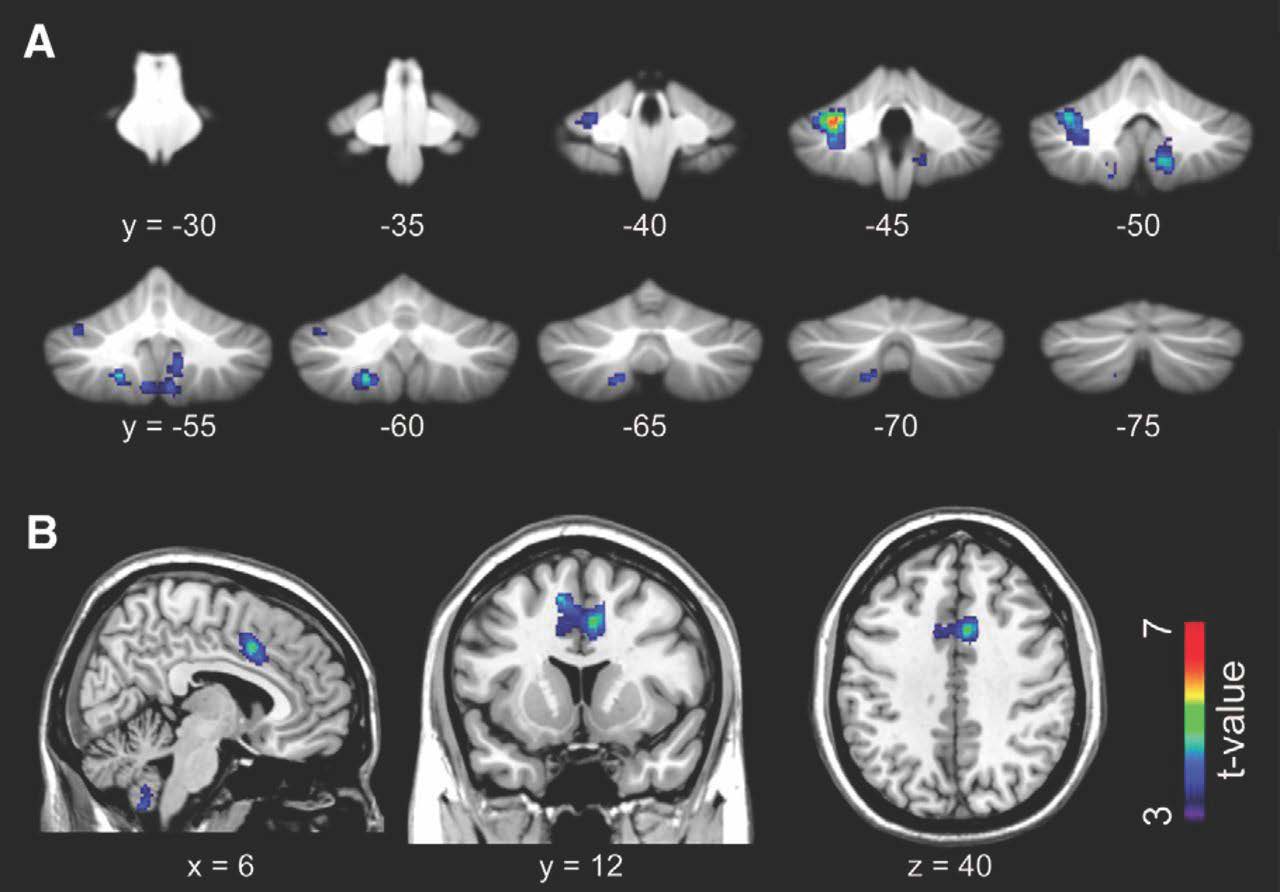
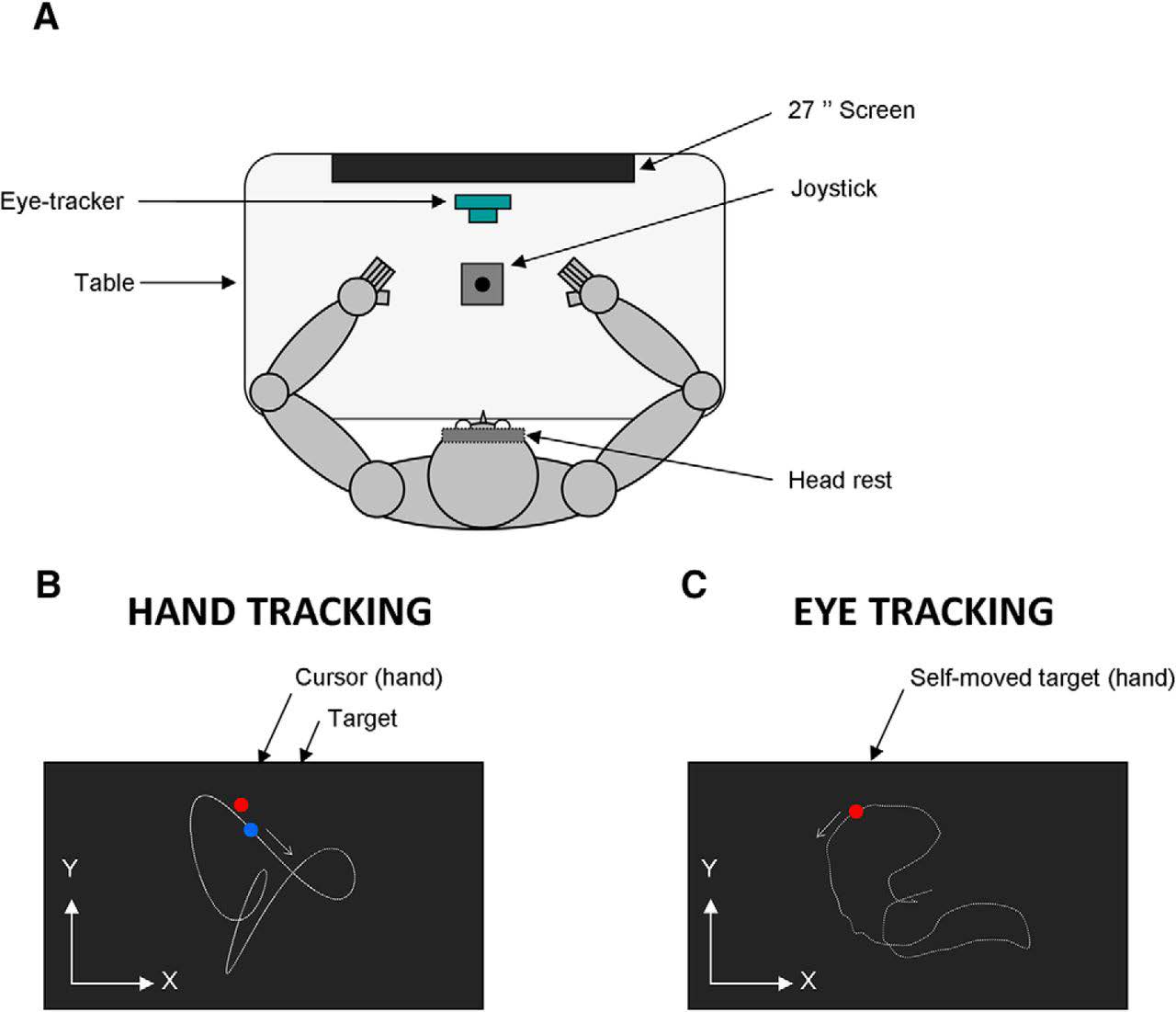
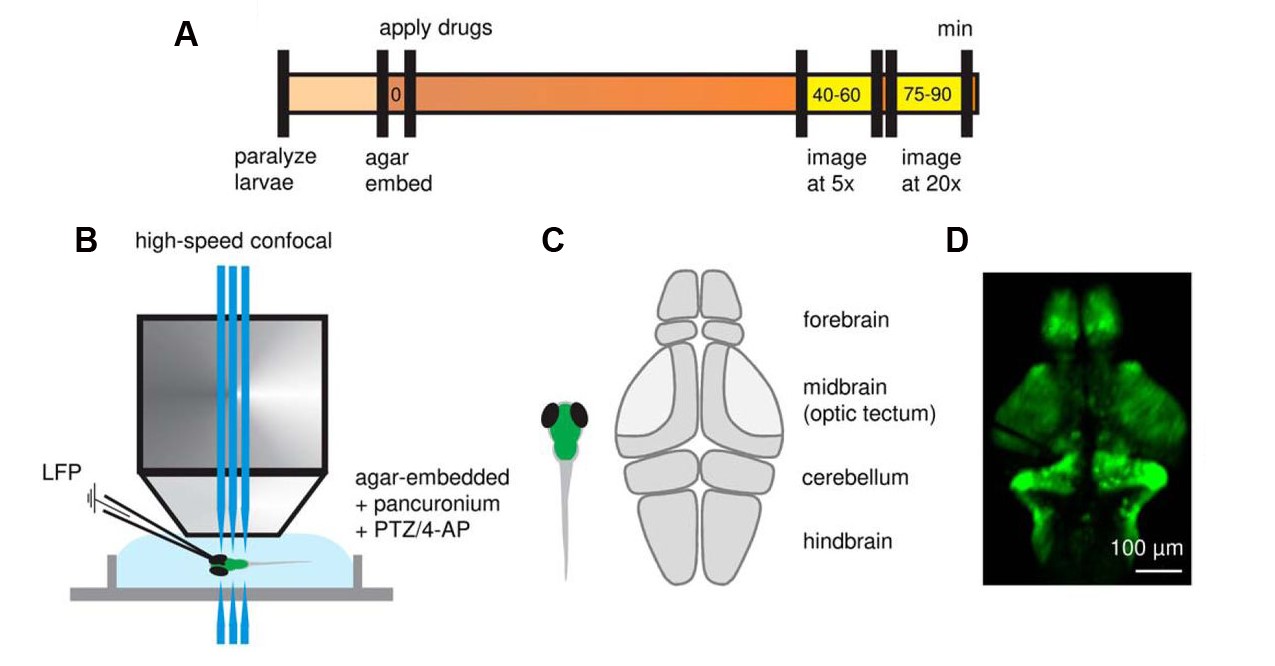
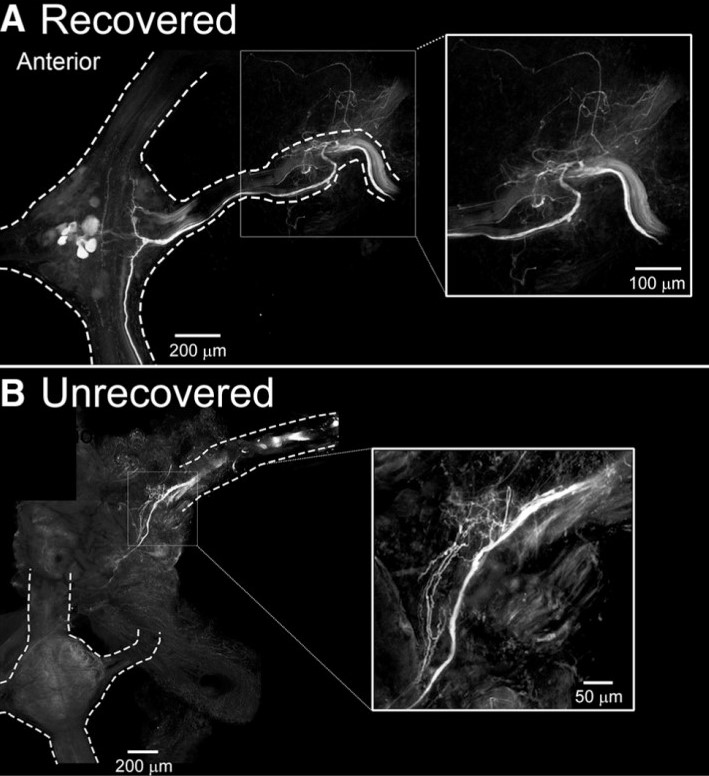

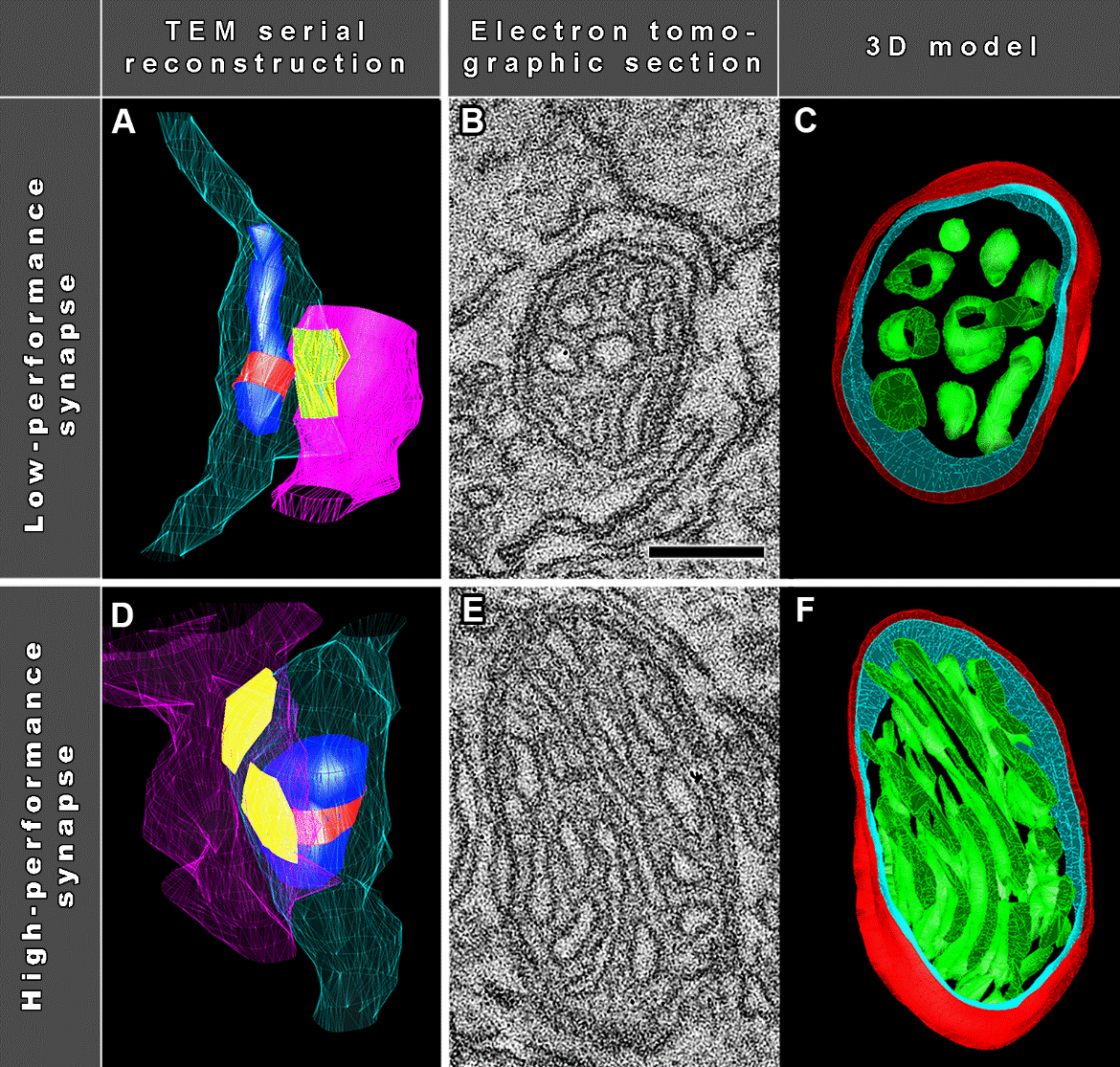
 RSS Feed
RSS Feed




